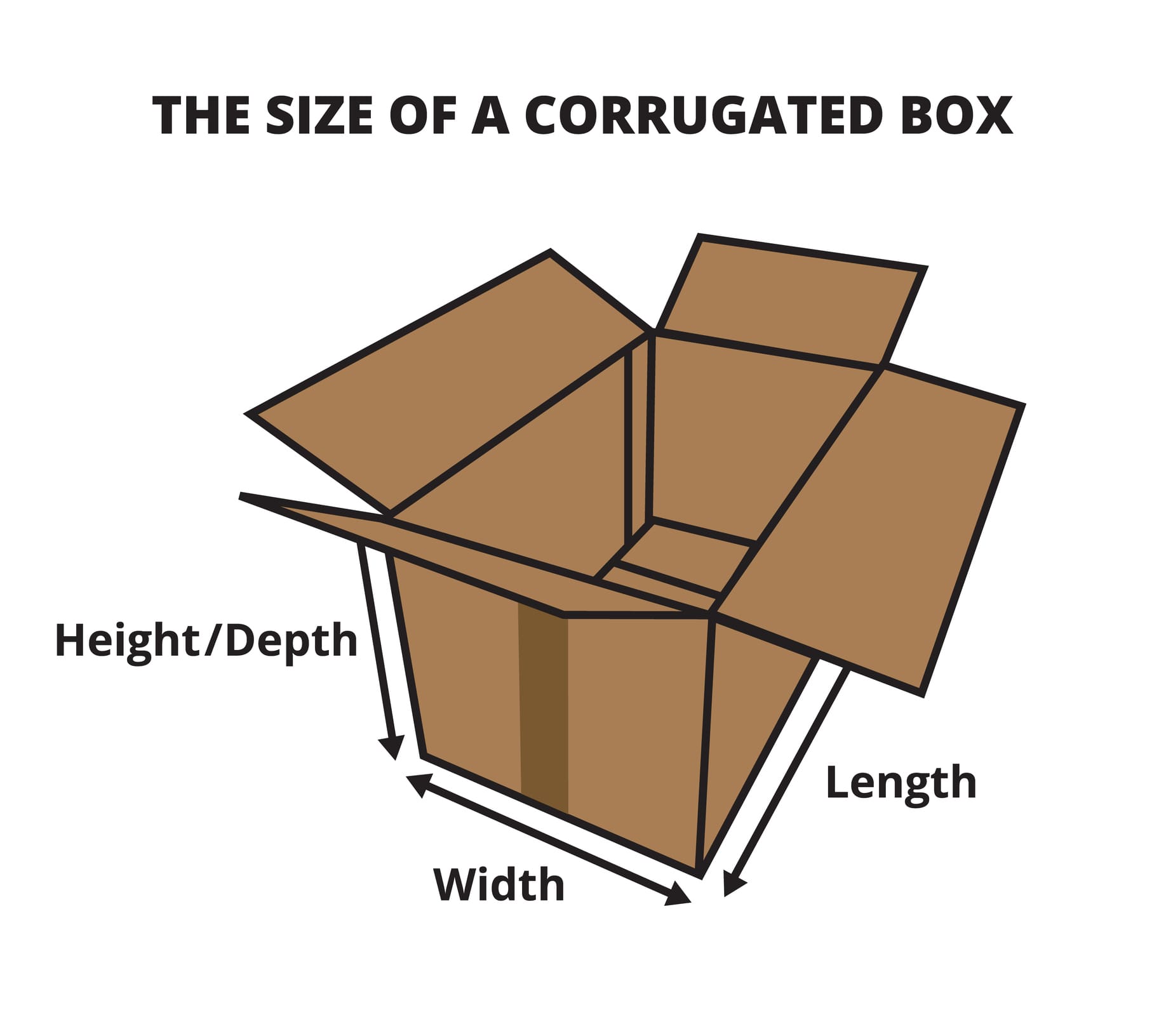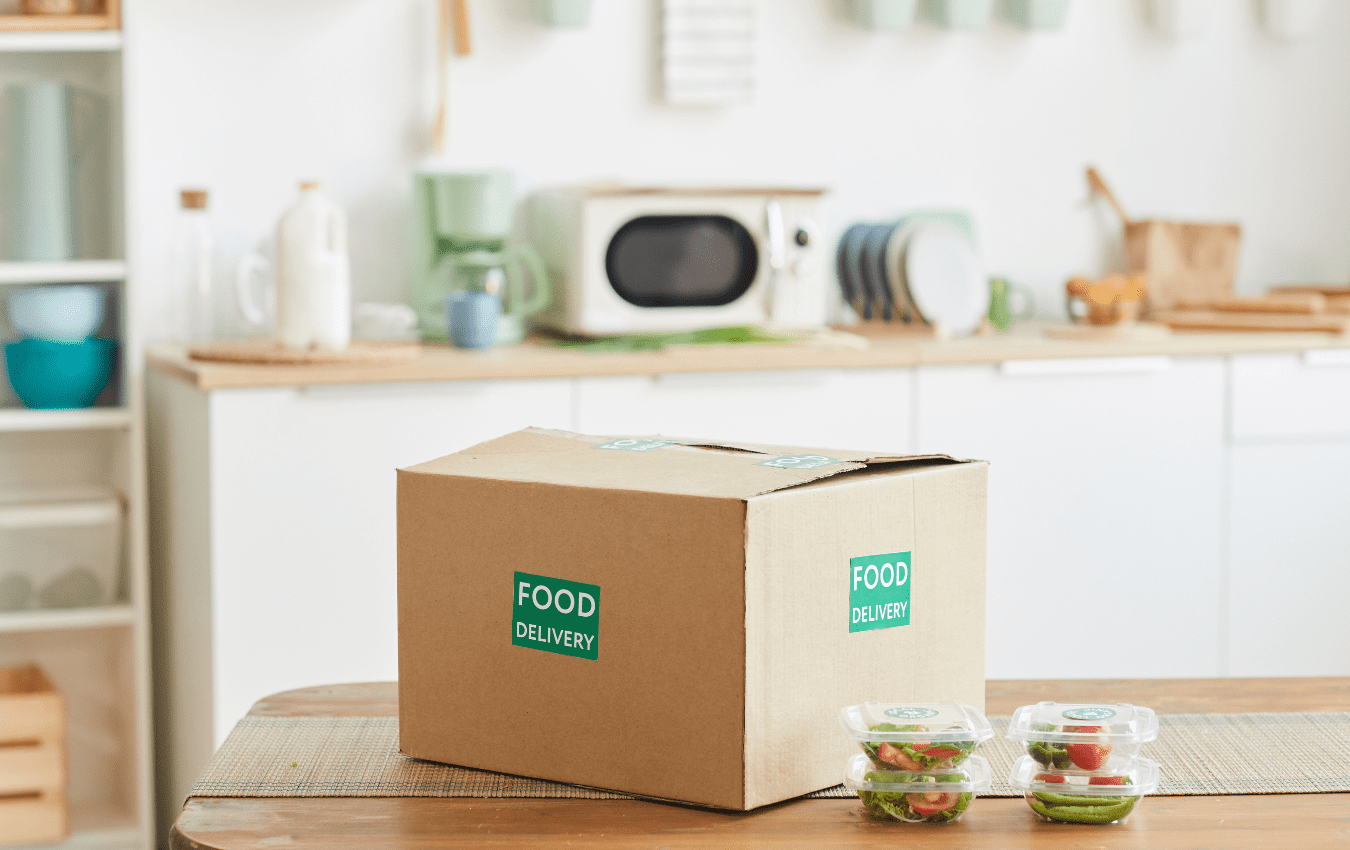Home » Safety Tips for Stacking and Using Corrugated Bin Boxes
Safety Tips for Stacking and Using Corrugated Bin Boxes

Corrugated bin boxes are indispensable in warehouses, retail spaces, and offices. They are designed to hold, organize, and transport items efficiently. However, to ensure safety and longevity, it’s crucial to use and stack them correctly. This blog will explore the safety tips for stacking and using corrugated bin boxes, emphasizing weight limits, distribution, and general safety protocols in warehouses.
Weight Limits and Distribution
Understand the Weight Limit: Each corrugated bin box has a specific weight limit. Always check the manufacturer’s guidelines to ascertain the maximum weight a box can carry. Overloading can compromise the box’s structure and lead to accidents.
Distribute Weight Evenly: When filling bin boxes, distribute the weight evenly. This prevents tipping and ensures stability when stacking. It’s also essential to place heavier items at the bottom and lighter ones on top to maintain balance.
Avoid Top-Heavy Stacks: When stacking boxes, the heaviest should always be at the bottom. This reduces the risk of the stack toppling over.

Safety Protocols in Warehouses
Regular Inspection: Regularly inspect corrugated bin boxes for signs of wear and tear. Boxes with tears, dents, or water damage should be replaced immediately.
Proper Lifting Techniques: Train staff to use proper lifting techniques. Bend at the knees, not the waist, and keep the box close to the body when lifting. This reduces the risk of back injuries.
Stacking Height: Avoid stacking boxes too high. As a rule of thumb, stacks should be at a comfortable height for the average person to retrieve items without needing to tiptoe or overreach. This usually means limiting stacks to eye level or below.
Clear Aisles: Ensure that stacked boxes don’t encroach upon walking spaces or block emergency exits. A clear aisle minimizes the risk of tripping hazards and ensures a safe evacuation route during emergencies.
Use Shelving: Instead of stacking boxes directly on the floor, use shelves designed to hold corrugated bin boxes. This enhances stability, allows for better organization, and reduces the risk of boxes getting damp from floor moisture.
Label Properly: Clearly label each box with its contents and weight. This helps staff identify boxes quickly and understand the precautions needed for handling.
Use Personal Protective Equipment (PPE): Ensure that warehouse staff wear appropriate PPE, such as steel-toed shoes, gloves, and safety helmets when necessary. This minimizes injury risks during box handling.
Emergency Training: Ensure that all staff understand emergency procedures, know the location of emergency exits, and are familiar with the use of fire extinguishers.
Conclusion
Corrugated bin boxes offer numerous benefits in storage and organization, but their effective and safe use requires diligence. By understanding weight limits, ensuring even weight distribution, and adhering to warehouse safety protocols, businesses can optimize efficiency and safety simultaneously. Remember, safety first!
If you are interested in corrugated bin boxes, then partner with Brown Packaging today to get started.
As tariff changes reshape global trade, packaging buyers moving production from China to the U.S. or nearshore regions face a new challenge: supplier qualification. Transitioning
With new tariff proposals and continued trade uncertainty, 2026 is shaping up to be another pivotal year for packaging sourcing strategy. Many companies that shifted
Following multiple rounds of tariff changes and trade policy adjustments, 2026 marks a turning point for U.S. packaging buyers. Many who previously transitioned from China
Shifting packaging production from China to the U.S. can help stabilize costs, reduce tariff exposure, and shorten lead times. But the transition process requires careful
Home » Safety Tips for Stacking and Using Corrugated Bin Boxes

Packaging is not merely a practical aspect of shipping; it’s also a statement about your brand’s commitment to quality and protection. When it comes to

Structurally designing your corrugated box involves understanding the specific requirements of your product and applying principles of material science and engineering to ensure optimal protection,

As the global food industry continues to expand and evolve, one factor remains constant: the importance of effective, efficient, and safe packaging. At the intersection


